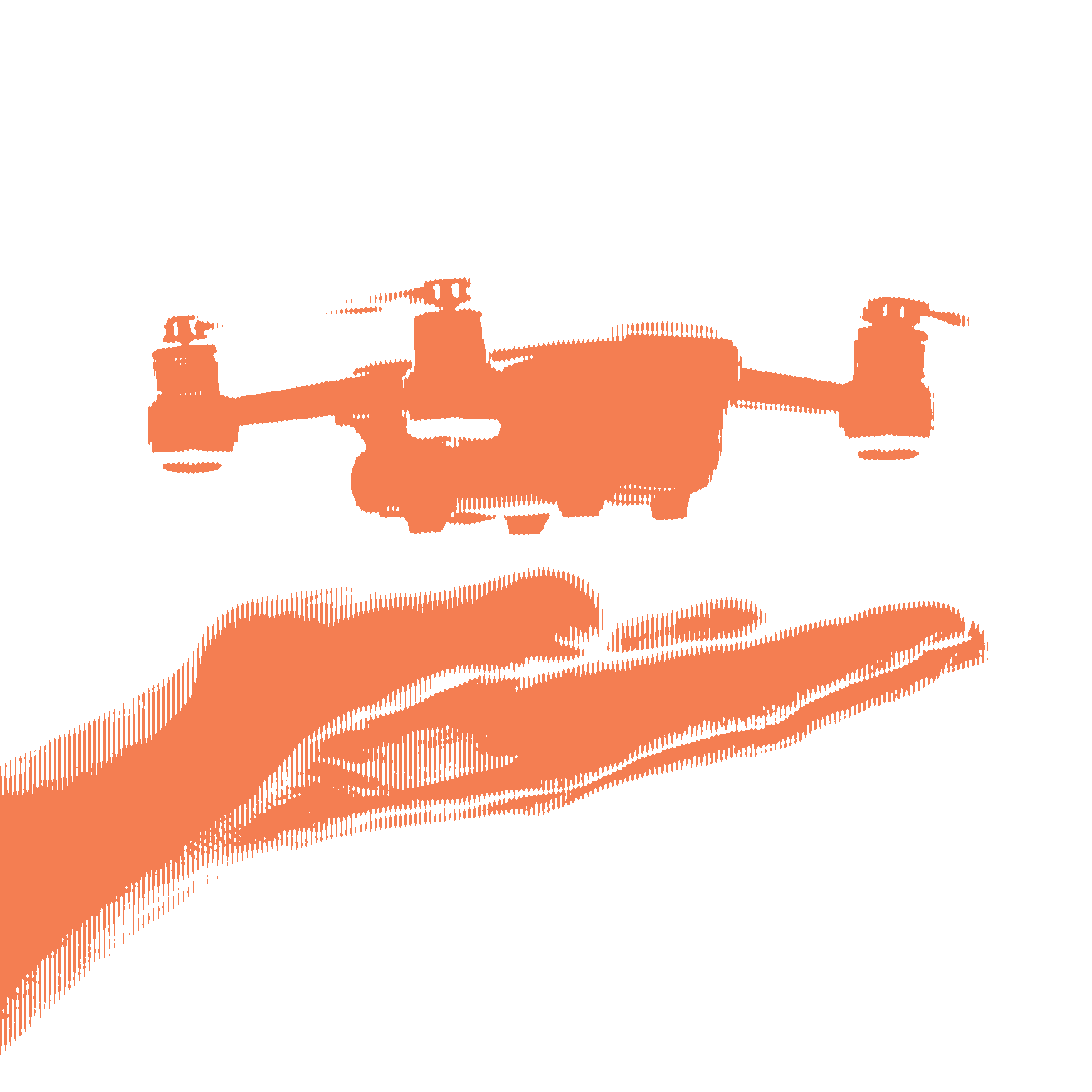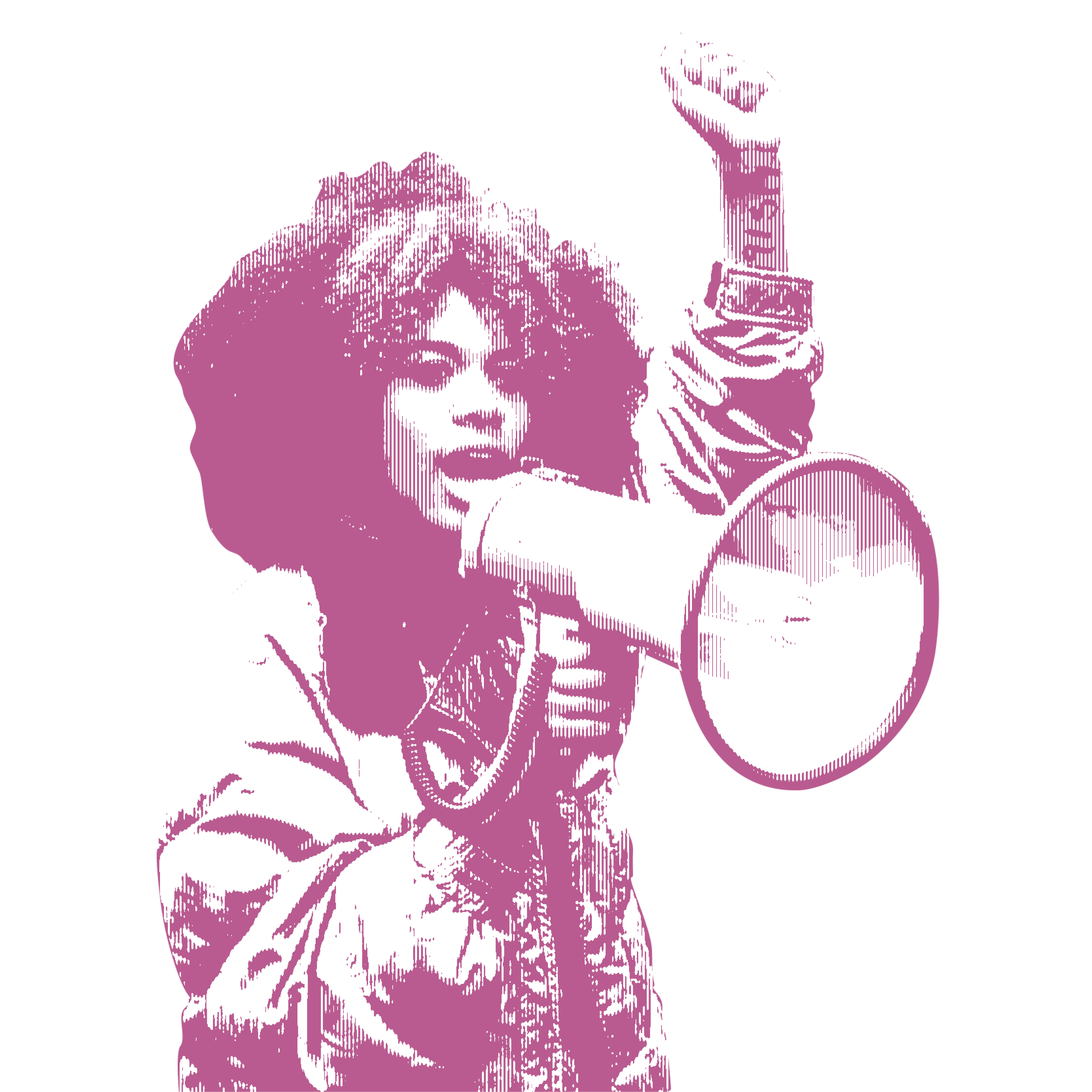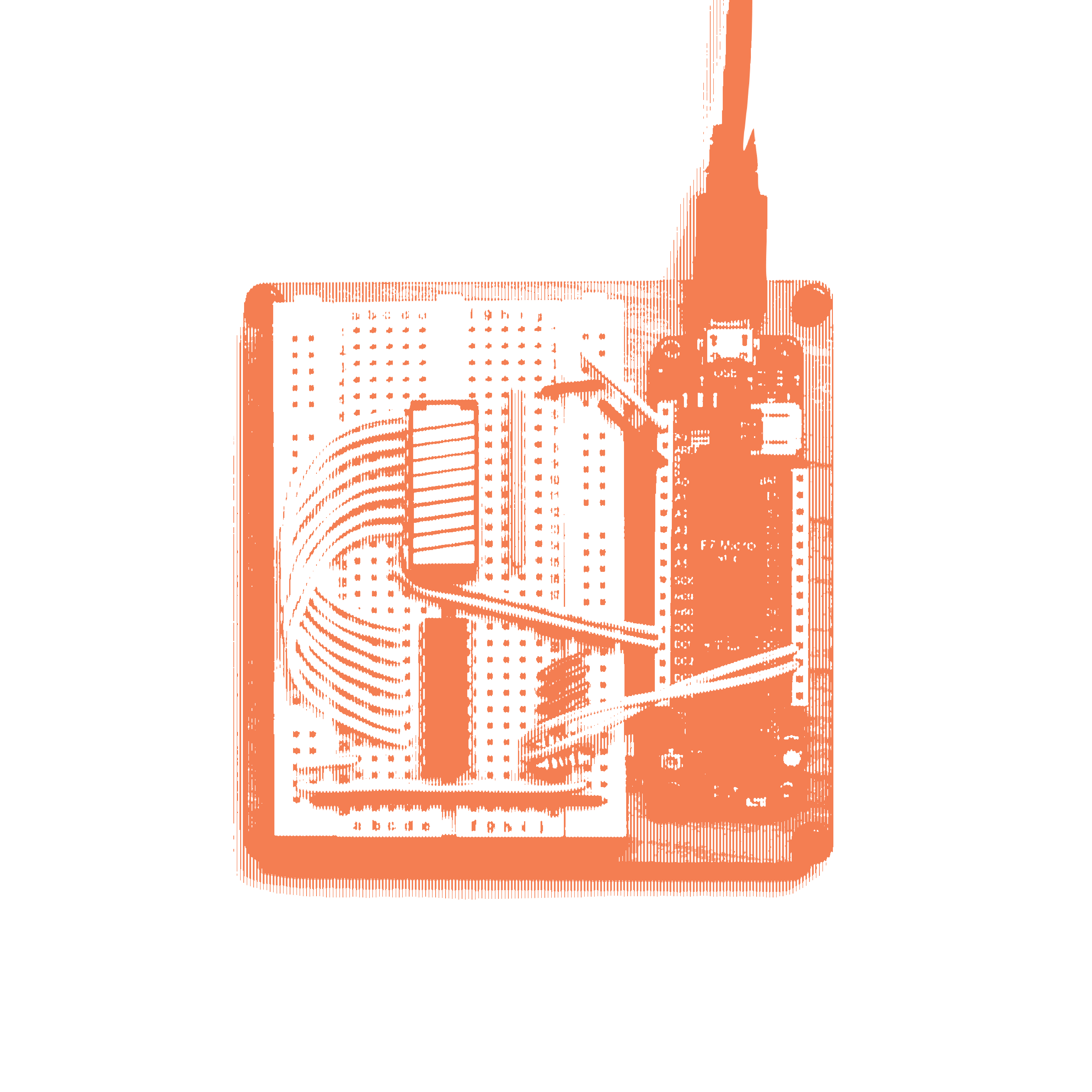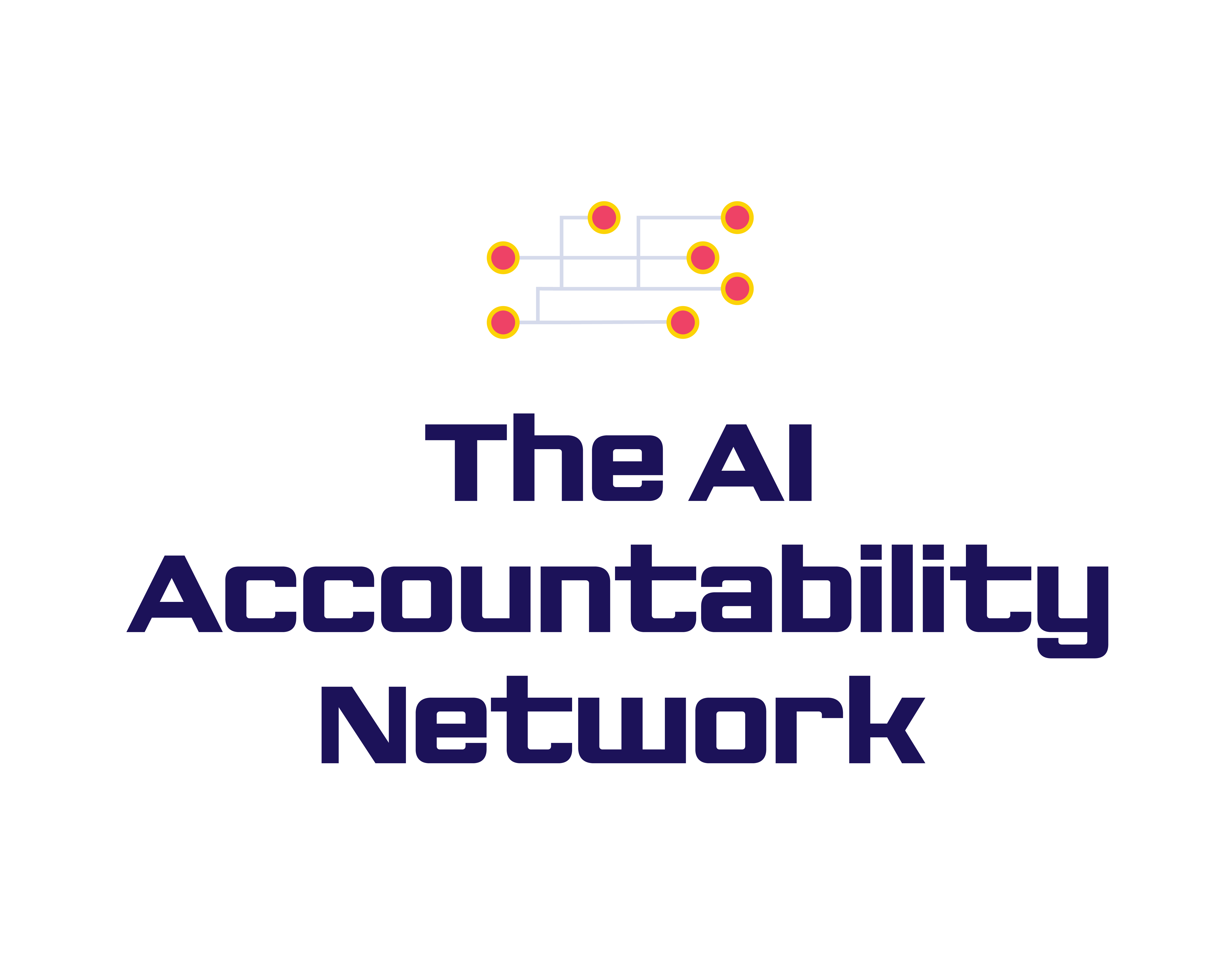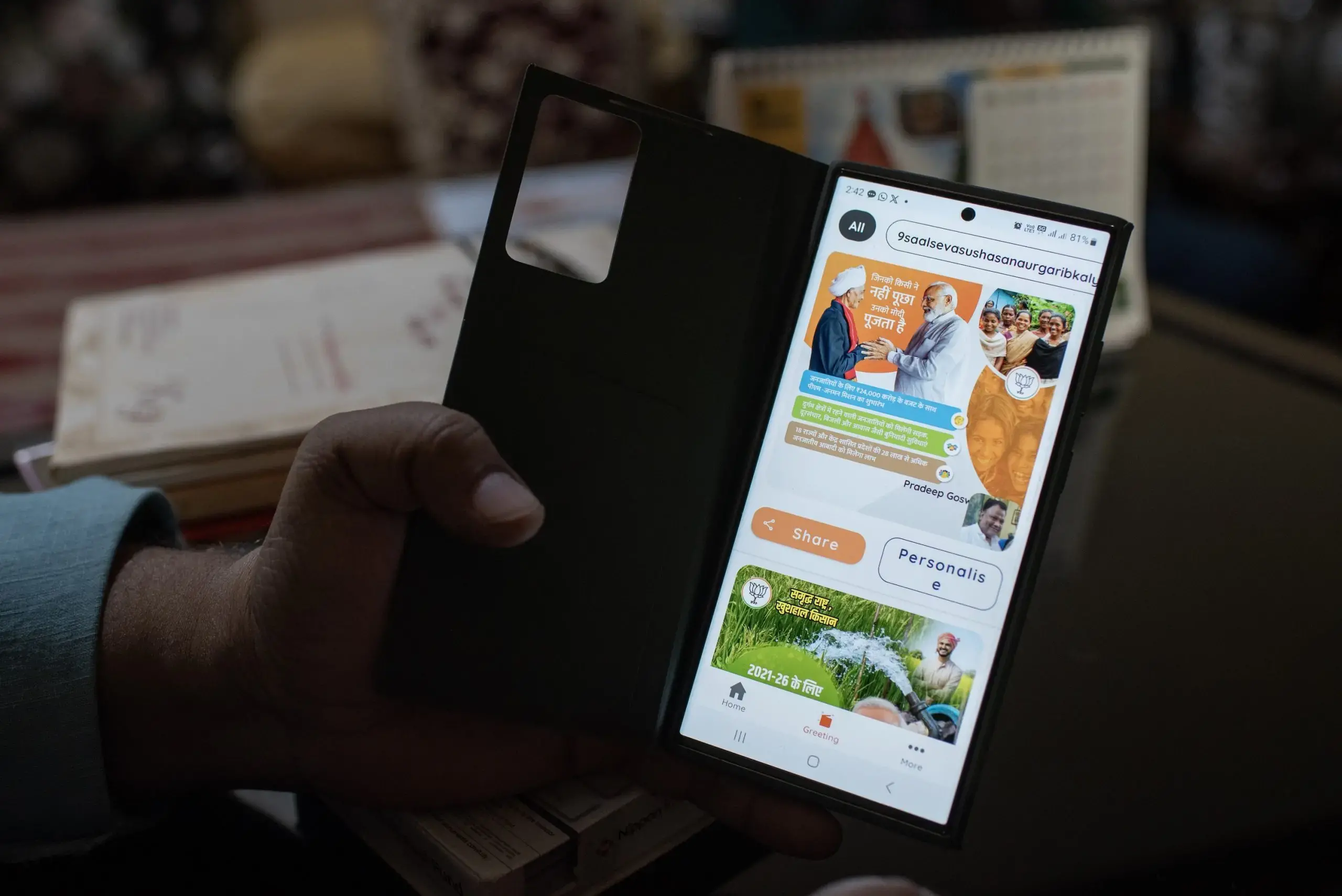
Rest of World’s reporting shows the extent to which Narendra Modi’s ruling party is using its Saral app to strategize ahead of the general election.
In the first week of December, 25-year-old Prince Upadhyay, a local volunteer for India’s ruling Bharatiya Janata Party (BJP), went around the coastal town of Nalasopara trying to convince people to download an app.
The app, called Sangathan Reporting and Analysis, or Saral, had been developed by the BJP to connect with its followers. Upadhyay told Rest of World he was under instructions from the BJP leaders in his state, Maharashtra, to visit 600 houses and get 600 people to register on Saral. He decided to go a step further and set up a registration camp in his neighborhood, offering to help people sign up on the app. The posters for the camp bore the BJP’s logo, and advertised Saral registration alongside voter registration and other government welfare schemes.
Within three days, Upadhyay convinced over 100 people to register on the app with identifying details, including their name, address, and photo, as well as demographic indicators such as their religion, caste, and profession. He told people that the app would help keep them informed about the BJP’s activities. “Ordinary people can get news [from this app] about what programs BJP is running on a daily basis,” he said in an interview in December 2023.

As a nonprofit journalism organization, we depend on your support to fund more than 170 reporting projects every year on critical global and local issues. Donate any amount today to become a Pulitzer Center Champion and receive exclusive benefits!
In the run-up to India’s national elections in 2024, in which Prime Minister Narendra Modi is seeking a third term, the Saral app — which has more than 2.9 million Google Play store downloads — has emerged as a key piece of technology in the BJP’s campaigning operations. The party’s head of information technology and social media, Amit Malviya, reportedly referred to Saral as an election-winning machine at a 2023 tech conference in Delhi.
The BJP, which has claimed to have at least 180 million members, told The Times of India that the app’s aim is to digitize some of the party’s operations and better communicate with its workers across India by “conveying the policies and the programmes of the party.”
Rest of World reporting shows the extent to which the BJP uses Saral to collect detailed data about users, which it can use to analyze BJP workers’ performance and voter engagement down to the level of individual booths. (A “booth” is the lowest subdivision of an electoral district in India, signifying a community of people who cast their ballots at the same polling booth.)
All political parties collect as much data and information as they can in order to shape their strategies, according to Sanjay Kumar, a professor and co-director of the Lokniti research program at the Centre for the Study of Developing Societies, who has been studying Indian elections for three decades. The party with more information will be better positioned to mobilize voters.
But some data and electoral experts Rest of World spoke to raised concerns about the scale and detail of this data collection exercise, and said it could give the BJP an electoral advantage by allowing it to target voters at a granular level.
“It is concerning, mostly because a booth is a very small entity — it’s only 800, 700 people at a booth,” said Shivam Shankar Singh, a data analyst, former BJP consultant, and author of the book How to Win an Indian Election: What Political Parties Don’t Want You to Know. At that scale, it is easy for a political party to know who supports it and who does not, he said.
Others raised privacy concerns and said that data of this kind could be used to target voters based on certain characteristics, such as by shaping campaign messaging, and organizing events aimed at specific communities. “The major concern is micro-targeting based on caste and religion,” Srinivas Kodali, an independent privacy researcher, told Rest of World. “The more any political party knows about the voter, the more powerful they get.”
“It disturbs the playing field when one political party has such a huge amount of data.”
Electoral experts also expressed concern over how the BJP uses Saral in conjunction with government outreach initiatives, such as Modi’s monthly radio talk show, Mann Ki Baat, which airs on state broadcasting channels.
“This gives the ruling party an unfair advantage by virtue of two things,” Prashant Bhushan, a public interest attorney at India’s Supreme Court, told Rest of World. “Only the prime minister’s office can use the national broadcaster for his talk show, certainly with much more visibility and advantages. Secondly, BJP has much more money through electoral bonds and through government patronage.”
“This data, gathered through collaboration between government and party machinery, provides the BJP with insights into perceived voters and non-voters,” said Kodali. “It enables the party to strategically allocate resources to sway opinions in critical constituencies. As incumbents, they also have government resources as a part of election strategy.”
The BJP did not respond to requests for comment for this story.

The Saral app was available to download across India by early 2023. The BJP also launched localized apps for states that held elections in late 2023: Madhya Pradesh, Rajasthan, and Chhattisgarh. The BJP won all three states with a clear majority.
Saral’s listing in Apple’s App Store and the Google Play store mentions the BJP as its developer. Until recently, the Apple App Store listed Jarvis Consulting, a Mumbai-based political consulting firm, as the copyright holder (it now lists the BJP). Jarvis Consulting did not respond to requests for comment.
A political consultant who worked with Jarvis told Rest of World that Saral started with an idea to create a database of the BJP’s millions of volunteers all in one place. “BJP wanted to track its own people,” the consultant said, asking to remain anonymous because of fear of professional repercussions. “They wanted to monitor booth heads and see their performance. This app gave them access to complete mapping at booth level.”
Soon, BJP workers launched door-to-door campaigns to register ordinary citizens on the app, too.
From early 2023, an active BJP member in Ghaziabad, Neelam Bhardwaj, for instance, uploaded videos of her Saral campaign on X (formerly Twitter). In her videos, she can be seen urging people in shops, markets, houses, parks, and even during walks and yoga to download the app. In one such video, uploaded in March 2023, she helps a group of women download the app and register with their personal information.
Singh said this on-the-ground network is key to the BJP’s campaigning. The number of people who had downloaded the Saral app was “unprecedented,” he claimed. “But the real game changer is not the app or the technology itself. It’s just having the kind of manpower that BJP does. They have so many people who are able to get people to Mann Ki Baat … So having that cadre network, the fact that they’ve built that machinery is the real game changer,” he said.
In June, there was another push to get people to download Saral, as the BJP was celebrating nine years of Modi in power. BJP officials asked party workers across India to upload photos showing their registration drives for the app, including those aimed at connecting crucial voters such as tribal communities.
In Uttar Pradesh, one of the key states with 80 parliamentary constituencies, the BJP set registration targets for local leaders. According to a local newspaper, the BJP told leaders that failing to meet their targets could impact their position within the party.
“Initially, people questioned what this app has to do with politics,” local BJP leader Pradeep Goswami told Rest of World during a visit to the district of Mathura, one of the poorest performers in the Uttar Pradesh registration drive. “Slowly, they understood. Door-to-door campaigning and technology, both have their own significance.”
Goswami held meetings to introduce people to the app and said that, under his watch, everyone signed up. It wasn’t such a difficult task, he said, as “everyone owns a mobile phone now.”




According to BJP data reported by a local newspaper, by July nearly 214,775 people had downloaded the app in Uttar Pradesh, and 192,749 had entered their registration details.
When registering, Saral asks for details including the user’s mobile number, address, age, gender, religion, caste, social categories such as scheduled tribes and castes, parliamentary constituency, voter identity number, and professional and educational details. Users can also upload their photograph. The app then lets them personalize posters with Modi’s quotes and photos, and sends reminders for upcoming engagement and outreach events. On the day of the event, an external portal opens up for a few hours on the app, where users can upload information about their attendance, such as their photograph, and booth and constituency details.
The Saral app’s privacy policy (which only appears in English) states that it collects personal information provided voluntarily, alongside information about users’ devices and, with consent, geographic location. It says it uses this information to maintain and improve the app, and that it may use aggregated and anonymized data “for analytical purposes, marketing, or to improve our services.” It says it may also provide data confidentially to third-party services.
But Prateek Waghre, executive director at Internet Freedom Foundation, which advocates for digital rights, told Rest of World the privacy policy does not give much detail. “In absence of clarity, it is broad,” he said. “It is questionable to what extent it would be called informed consent.”
In August, the Indian Parliament passed a new data protection law, but this has not yet been notified by the government, meaning it has not yet come into effect.
Experts Rest of World spoke to were concerned about the level of personal details people were giving Saral. “BJP can do anything with this data they collect. Privacy is a major concern here,” Anand Abazhagan, a state secretary of the Democratic Youth Federation of India, told Rest of World. “Privacy of voters is fundamental to free and fair elections.” Abazhagan has previously petitioned the Madras High Court about the BJP’s use of personal data in targeting voters while campaigning for the Assembly elections in Puducherry.
This level of data collection is “unprecedented in a democratic country,” Kodali, the privacy researcher, told Rest of World. “Like money, data can also have undue influence on voters, which can lead to manipulation of elections, including profiling of voters, targeted campaigns, and potential deletion of voters,” he said. “Privacy shields voters from undue influence and manipulation. The secret ballots are there to ensure that no one knows for whom voters have voted. Without the privacy of voters, there is a question mark on free and fair elections.”

Beyond initial registrations, BJP workers regularly push people to use the Saral app on the last Sunday of every month, when Modi addresses the nation on his monthly radio talk show, Mann Ki Baat, which loosely translates as “conversations from the heart.” The show is broadcast by over 500 All India Radio centers in 33 languages and 29 dialects, and covers different political and social topics. In the 106th episode on October 29, for instance, Modi discussed tribal icon Birsa Munda, weeks before polling in Madhya Pradesh and Chhattisgarh states, which have significant tribal populations.
Since Mann Ki Baat is broadcast by national broadcasters, it reaches even remote areas like Chamoli, a district in the state of Uttarakhand, which borders China. Himani Vaishnav, a BJP worker responsible for the subdistrict of Nandprayag in Chamoli, ensures hundreds of local residents tune in every month. She and other BJP members organize listening parties in Nandprayag’s 13 booths.
Around 11 a.m., as Modi’s talk begins, Vaishnav urges people to take photographs of themselves listening and upload them on Saral — along with the constituency name and booth number. She told Rest of World that if people couldn’t come to Mann Ki Baat events, she encouraged them to use Saral remotely. If they have trouble connecting to the internet, she sometimes uploads photos to the app on their behalf.
In June, the BJP rewarded Vaishnav for being one of the most active users on Saral. Her prize was the opportunity to interact with Modi himself: She was invited to ask a question in a virtual appearance.
Vaishnav — who, like many BJP workers, is an unpaid volunteer — was delighted. “When a small worker like me is invited for an interaction with the PM, then all workers of BJP get motivation that if they work hard, they can also get this opportunity,” she said. BJP leaders and many sitting parliamentarians similarly appeal to the public through their network of WhatsApp groups, Facebook pages, and X accounts to register on Saral and upload photographs while listening to Mann Ki Baat.

Data collected in this attendance exercise for the prime minister’s radio show allows the BJP to track who is engaging with its programs at the booth level.
For example, Goswami explained that Mathura has 860 booths. “Out of those, on 847 booths we conducted Mann Ki Baat,” he said. “At every booth, 15–20 people turned up.” Later, he said, people upload their photos on Saral. “It gives us an idea how many people posted.”
Within a day of Modi’s radio talk, the data gathered through Saral is aggregated to produce a state-by-state analysis of how many people attended at each booth, as well as the total attendees for each constituency and district in the state.
Rest of World saw data for the 103rd Mann Ki Baat, on July 30, for Jharkhand state, in the east of the country; and for the 106th Mann Ki Baat, on October 29, for Himachal Pradesh in the north.
For Jharkhand, Saral gathered data from 79 of the state’s 81 assembly constituencies, comprising 29,464 booths. In total, 42,233 people attended a Mann Ki Baat event, based on input from 2,366 images.
The Saral data for Himachal Pradesh also showed the percentage of booth strength at each constituency level. It clearly indicates where the party lags behind. For instance, in Hamirpur district’s Nadaun area, the reported booth coverage was merely 0.8%, whereas in Una district’s Chintpurni area, the coverage was strongest at 97.1%.

By tracking Mann Ki Baat attendance this way, the BJP can see where it is making the most headway and where it may need to put in more work.
The BJP uses data from Saral, and other data sets such as previous election results, to classify booths as “safe,” “favorable,” “battleground,” or “difficult,” the Jarvis consultant told Rest of World.
“For instance, if BJP plots a graph of the last 10 Mann Ki Baat data, they would easily be able to see which booth has an upward or a downward slope,” the consultant said. “The idea is to convert a favorable booth into a safe booth and a battleground booth into a favorable booth.”
Jagdeep Chhokar, a founding member of the Association for Democratic Reforms, which advocates for transparency and accountability in elections, told Rest of World the way in which the BJP uses the Saral app in conjunction with state broadcasts could represent an unfair use of government resources. “Anything that gives a special advantage to one political party, and particularly the party in power — that is against the concept of a free and fair election, which is a part of the basic structure of the Constitution,” he said. “This is unconstitutional and this is plain wrong.”
Singh said it is now common for political parties to use government resources for political purposes. “If you look at the Election Commission guidelines, it’s legally wrong,” he said.
As the BJP is in government, it has access to resources other parties do not. “While any other political party can also come up with a similar app to profile voters, what they cannot do is use Indian broadcasters for disseminating their monthly messages throughout India,” said Kumar, from the Centre for the Study of Developing Societies. “For that, they would have to spend from their own pocket, which disturbs the level playing field. They would also not get a similar air time and frequency a prime minister gets.”
“This is a clever technique used by the BJP,” he said.









